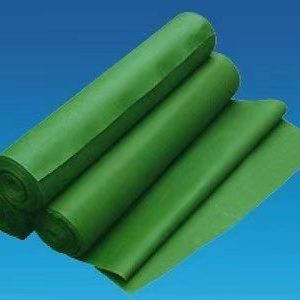The Ultimate Guide to Paper Roll Cutting Machines: Efficiency and Precision
The Ultimate Guide to Paper Roll Cutting Machines: Efficiency and Precision
In today’s fast-paced industrial landscape, achieving optimal efficiency and precision in material processing is crucial for businesses. Paper roll cutting machines represent a cornerstone technology for industries handling paper, film, textiles, and non-woven materials. These advanced systems transform large master rolls into perfectly sized smaller rolls or sheets, minimizing waste while maximizing productivity. This comprehensive guide explores how modern cutting solutions deliver unparalleled performance through intelligent engineering and automation.
Core Functionality and Operational Benefits
Modern paper roll cutting machines incorporate sophisticated servo-driven systems that ensure consistent cutting accuracy within millimeter tolerances. Key operational advantages include:
– Automated measurement systems eliminating manual errors
– Programmable cutting patterns for rapid product changeovers
– Integrated dust extraction maintaining clean production environments
– Energy-efficient designs reducing operational costs
These features collectively enable manufacturers to handle diverse materials including thermal paper, label stock, and packaging materials with exceptional finish quality.
Industry-Specific Applications
The versatility of precision cutting equipment extends across multiple sectors. Printing facilities utilize these machines for creating custom paper dimensions, while packaging manufacturers depend on them for producing consistent cardboard components. The textile industry benefits from automated fabric roll processing, and converting specialists leverage these systems for flexible material customization.
Addressing Common Production Challenges
Many operations struggle with material waste and inconsistent output quality. Advanced paper roll cutting machine solutions directly address these concerns through:
– Laser-guided positioning systems
– Real-time tension control mechanisms
– Computerized length monitoring
– Automatic waste collection systems
These integrated technologies enable businesses to achieve up to 99% material utilization rates while maintaining tight production schedules.
Frequently Asked Questions
What maintenance do these machines require?
Routine maintenance primarily involves blade inspection, lubrication of moving parts, and software updates. Most modern systems feature self-diagnostic capabilities that alert operators to potential issues before they impact production.
Can these handle different material thicknesses?
Yes, high-quality cutting machines accommodate various material densities through adjustable pressure settings and interchangeable cutting tools. This flexibility allows processing everything from delicate tissue paper to thick cardboard rolls.
How do automated features improve ROI?
Automation reduces labor requirements, minimizes material waste, and increases throughput. Typical operations see full investment recovery within 12-18 months through these efficiency gains.
Optimizing Your Cutting Operations
Selecting the appropriate cutting technology requires evaluating your specific material characteristics, production volumes, and precision requirements. Consider machines with user-friendly interfaces and robust technical support to ensure smooth implementation.
Ready to transform your production capabilities? Explore our engineered solutions and discover how precision cutting technology can elevate your operational performance. Contact our specialists today for a personalized equipment assessment and cutting process optimization strategy.


